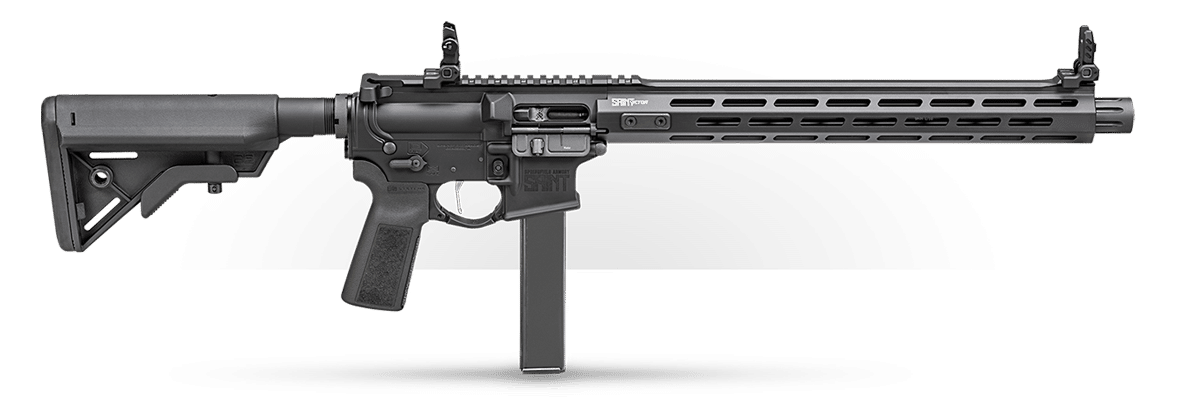How Do 9mm Carbines Work?
March 16th, 2023
5 minute read
Have you ever wondered how a 9mm carbine works? In this article, Sam Weitzner examines the differences between the direct blowback pistol caliber carbines and other semi-automatic systems like those employed by the AR-15.
While the AR is well-known for its direct gas impingement system (DGIS) of operation, there are some other options. One of these is the direct blowback system of operation used in pistol caliber carbines (PCC). Here in the United States, the popularity of competition shooting means that the direct blowback system remains quite popular among civilians who compete with PCCs.
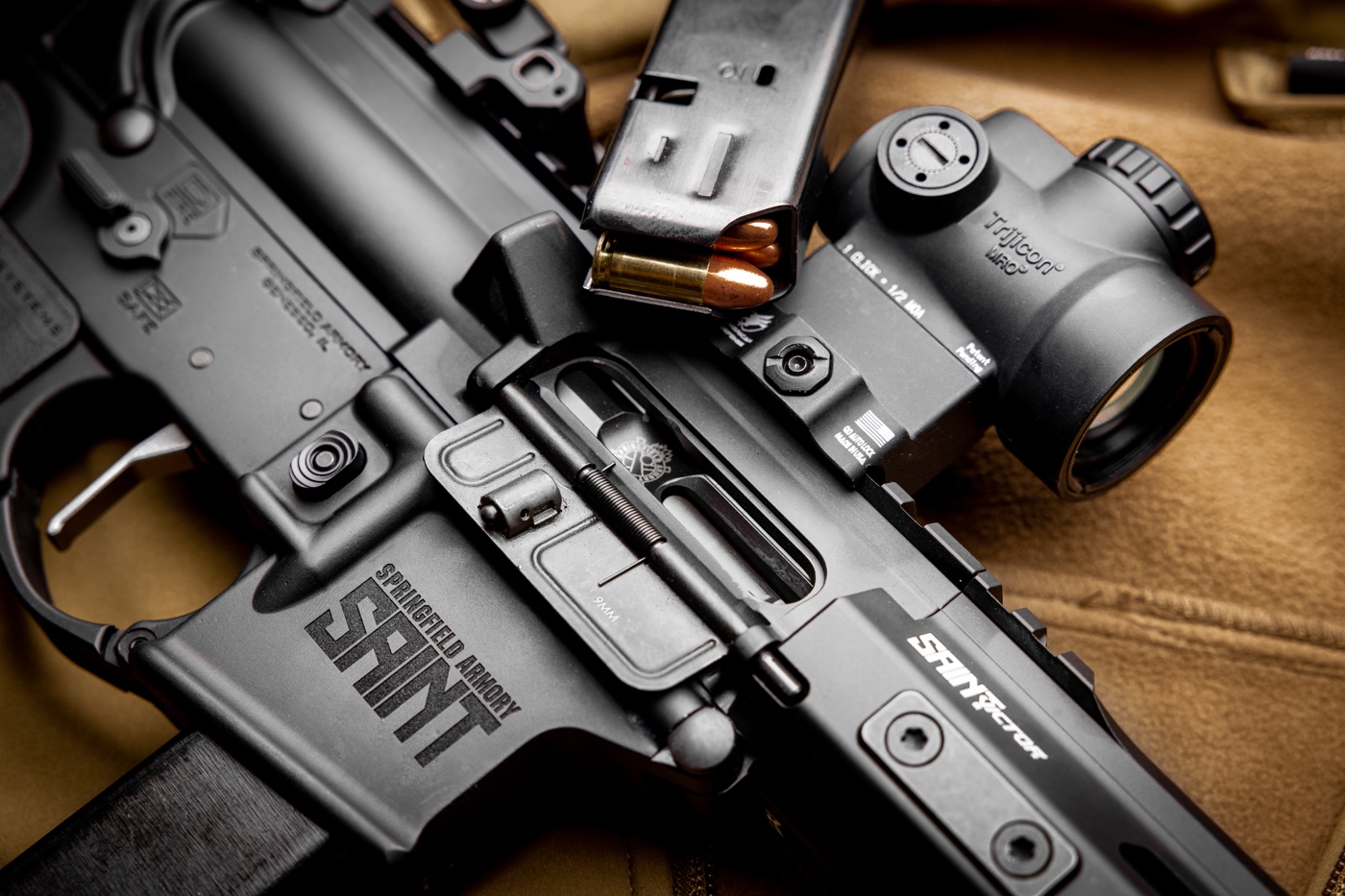
While the direct blowback system is not the newest or most advanced of operating systems, it is often underestimated by new shooters when they begin the search for a PCC. There are several factors that play into this, but chief among them may be the exaggeration of the system’s supposed drawbacks and the lack of exploration of its benefits.
So, let’s dive into exactly how a direct blowback firearm functions.
How Does a PCC Work?
Blowback operation is a type of firearm action where the energy created by the firing of a cartridge is used to cycle the firearm’s mechanism and prepare it for the next shot. While there are variations of blowback operation, we’re talking about the most basic version: simple, direct blowback.
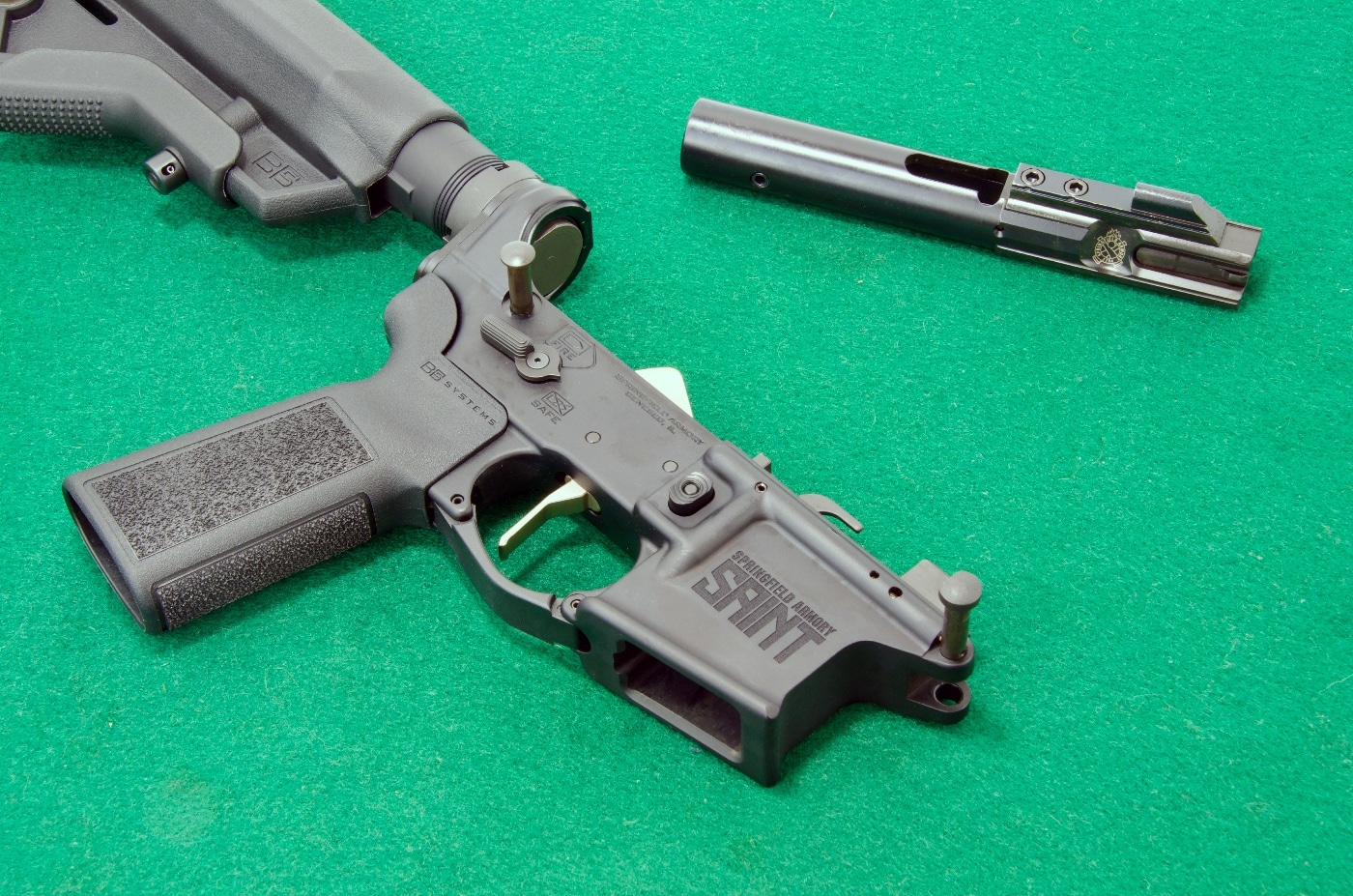
A direct, or simple, blowback operating system features what is widely considered to offer the greatest simplicity of any system found in modern semi-automatic firearms. Rather than relying on a mechanism to delay the breech’s opening, a direct blowback system relies on bolt mass and recoil spring pressure to keep the action closed long enough for chamber pressure to drop to a safe enough level for the action to cycle. This means that the sheer force generated by the cartridge going off pushes the bolt rearward, ejects the spent case and allows the bolt to carry a round forward into the chamber under spring pressure.
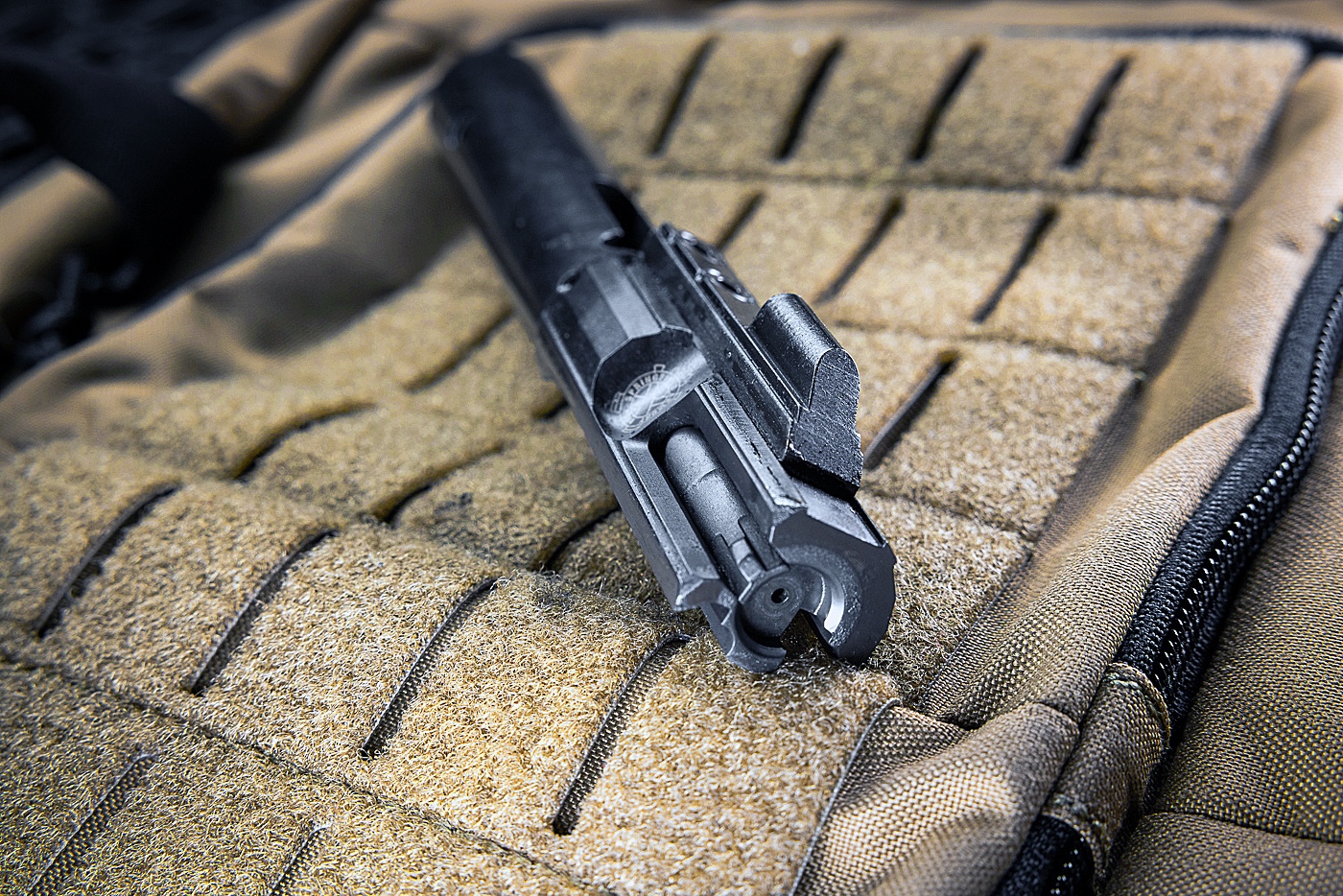
As you might imagine, the mass of the slide or bolt is critical to ensure proper operation. The mass of the slide or bolt must be heavy enough to prevent a premature backward motion caused by the pressure of the fired cartridge, but not so heavy that it completely prevents rearward operation. Additionally, the recoil spring must be strong enough to store the energy needed to cycle the bolt, but not so strong that it prevents the action from cycling.
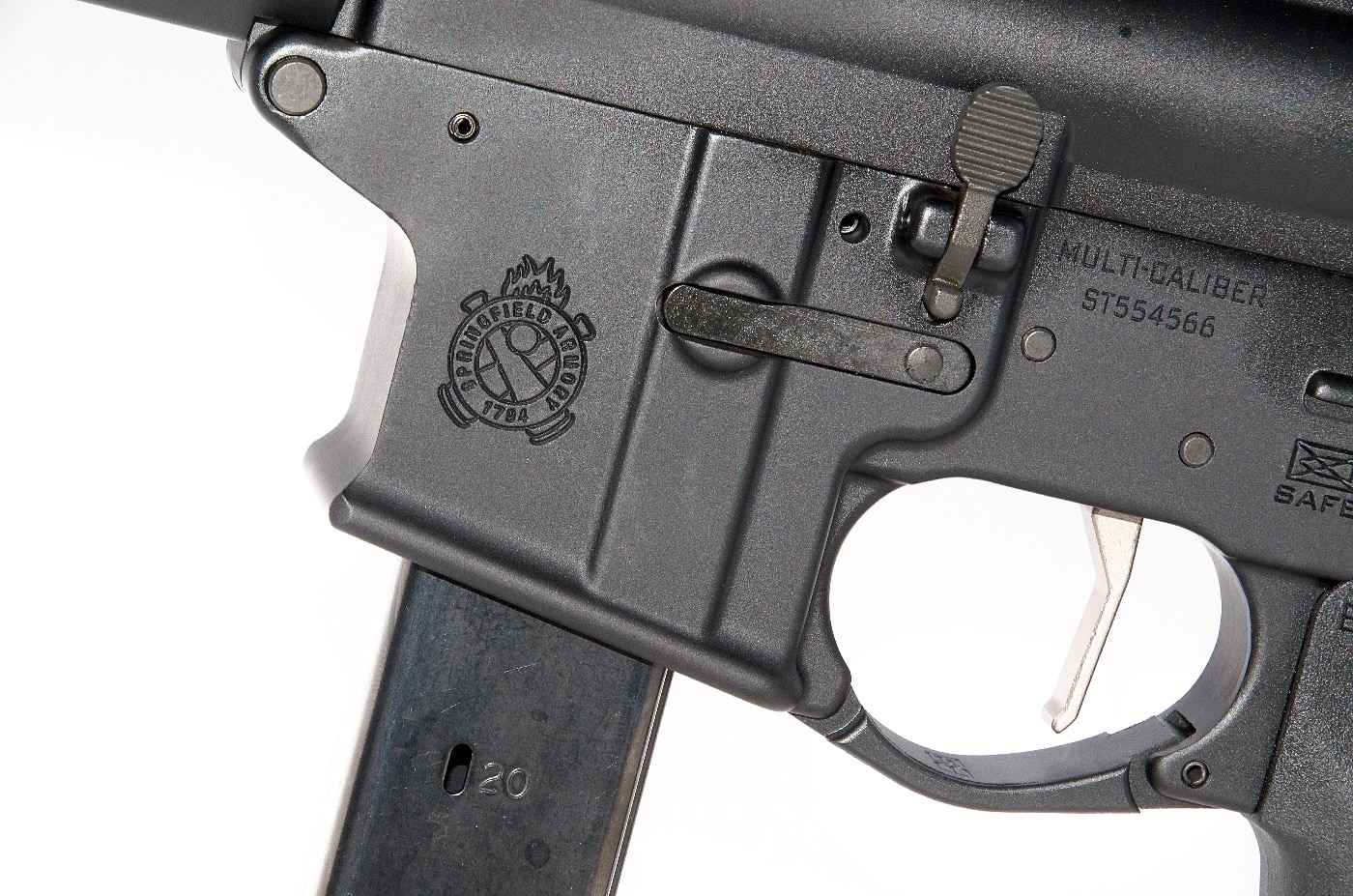
Blowback operation is a relatively simple system that is considered to be a very reliable action. It requires fewer moving parts than other firearm actions. However, it is generally not suitable for high-powered cartridges that generate pressure too great for a reasonably weighted bolt and recoil spring to resist.
A nice side-effect of this system is that it is usually extremely reliable, and this reliability is one of the primary reasons why companies overwhelmingly use this system in pistol caliber carbines. Springfield Armory, for example, uses this in its SAINT Victor 9mm Carbine.
Strengths of the Direct Blowback System
With an understanding of what’s happening inside a direct-blowback PCC, it’s easier also to understand the unique strengths associated with it.
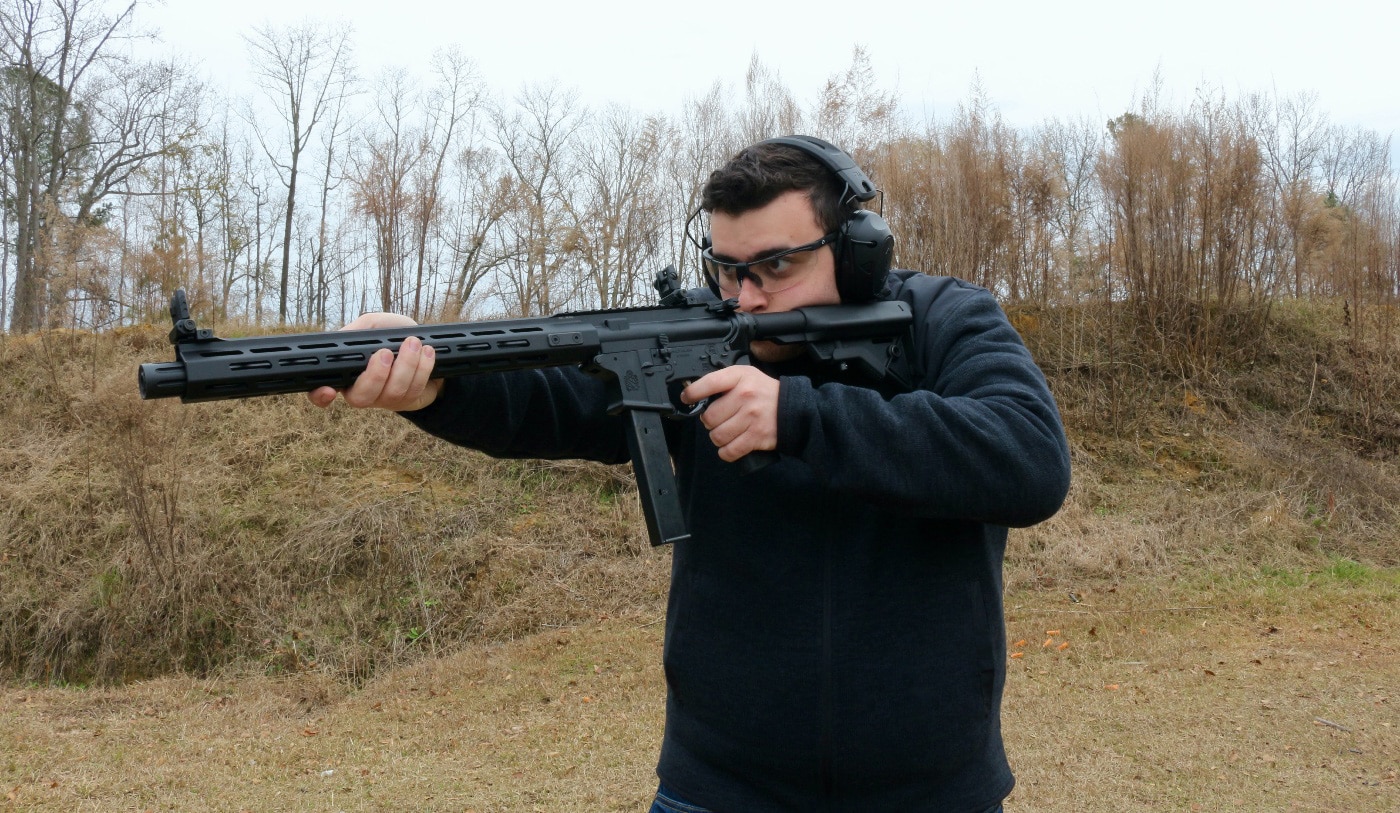
Dependability. While the engineering team designing the firearm must carefully balance the competing forces in the gun, the end product tends to be very dependable. The simplicity of the system frequently is demonstrated through the long life and low maintenance of the system.
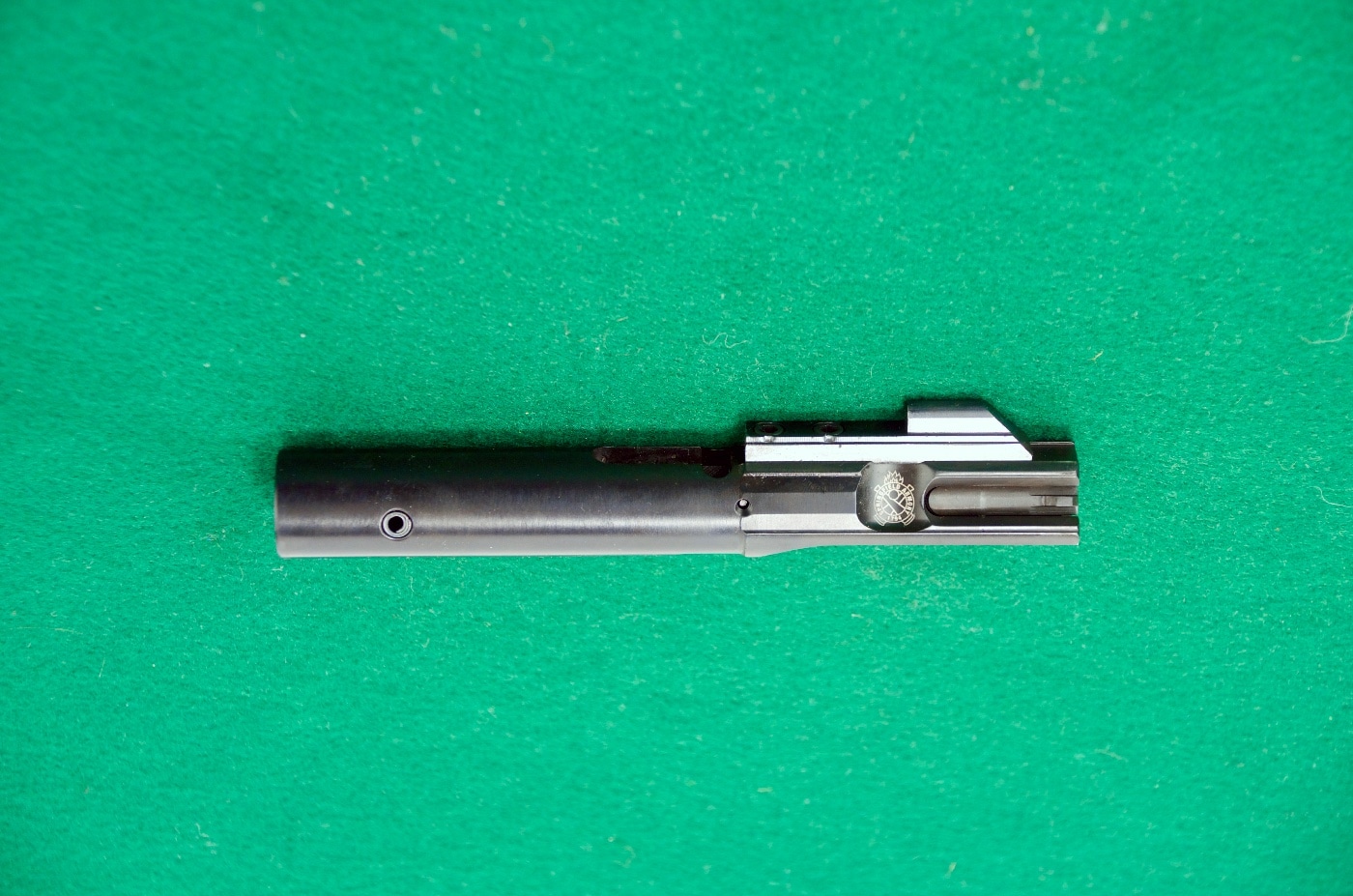
Low Maintenance. Since there are fewer parts in a direct blowback system, there are fewer parts that can break. Additionally, the parts that do exist tend to be bulkier and stronger. While good cleaning and upkeep is important for all firearms, blowback systems are known to take a good bit of abuse and keep on running.
Speaking of Ammunition
The direct blowback operation system is often judged to have two opposing qualities: reliability and ammunition sensitivity. At first glance, these two things appear to be incompatible. With a high-quality firearm like the SAINT Victor 9mm Carbine, all factory ammunition should function fine. However, if you are using a low-quality carbine or handloaded ammo, you may find that the gun/ammo combination becomes more critical for reliability.
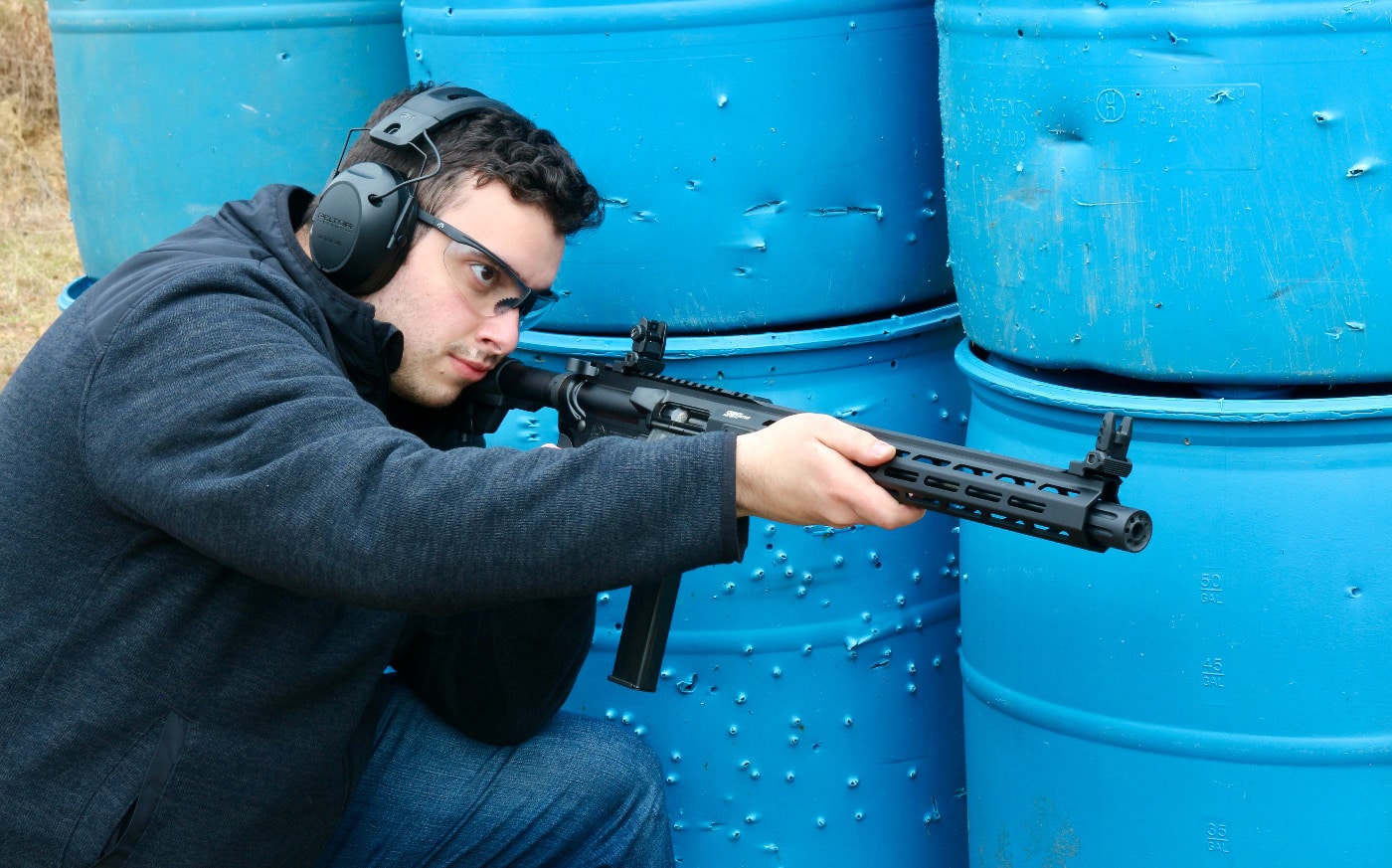
The need for reliability is critical for self-defense. But it’s critically important for competition as well. A competition is not a life-or-death scenario, but your pistol caliber carbine’s performance may make or break the results of your match. Malfunctions can add time to your score or lead to missed shots — especially if they happen with high frequency.
Final Thoughts on the 9mm Carbine System
Ultimately, if you choose a quality direct blowback, feed it quality ammunition and maintain it, it should be as reliable as any other carbine platform out there. Prospective competition shooters owe it to themselves to examine all of their options. A quality direct blowback pistol caliber carbine should undoubtedly be in the running.
Editor’s Note: Please be sure to check out The Armory Life Forum, where you can comment about our daily articles, as well as just talk guns and gear. Click the “Go To Forum Thread” link below to jump in and discuss this article and much more!
Join the Discussion
Featured in this article
Continue Reading
Did you enjoy this article?

 117
117




